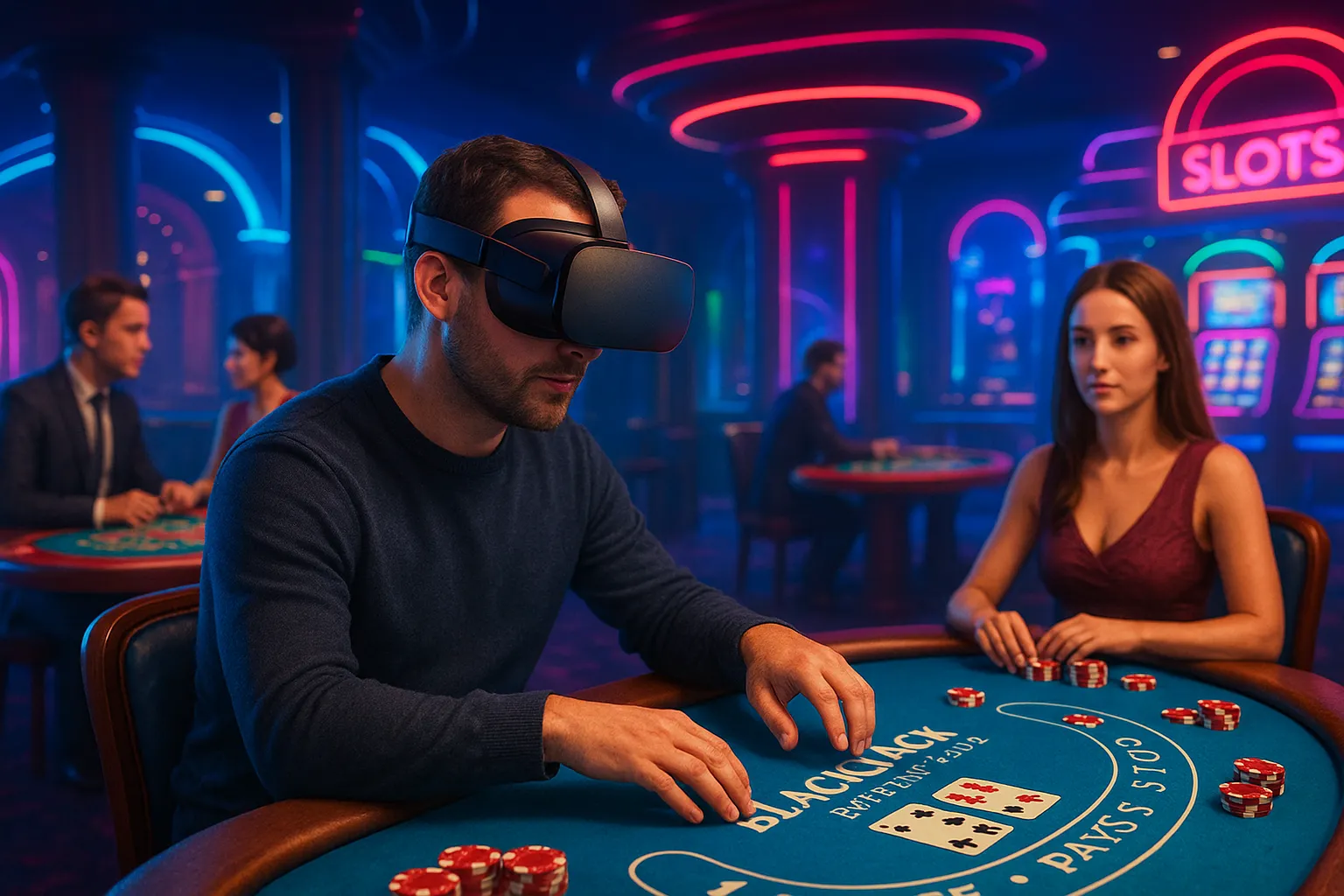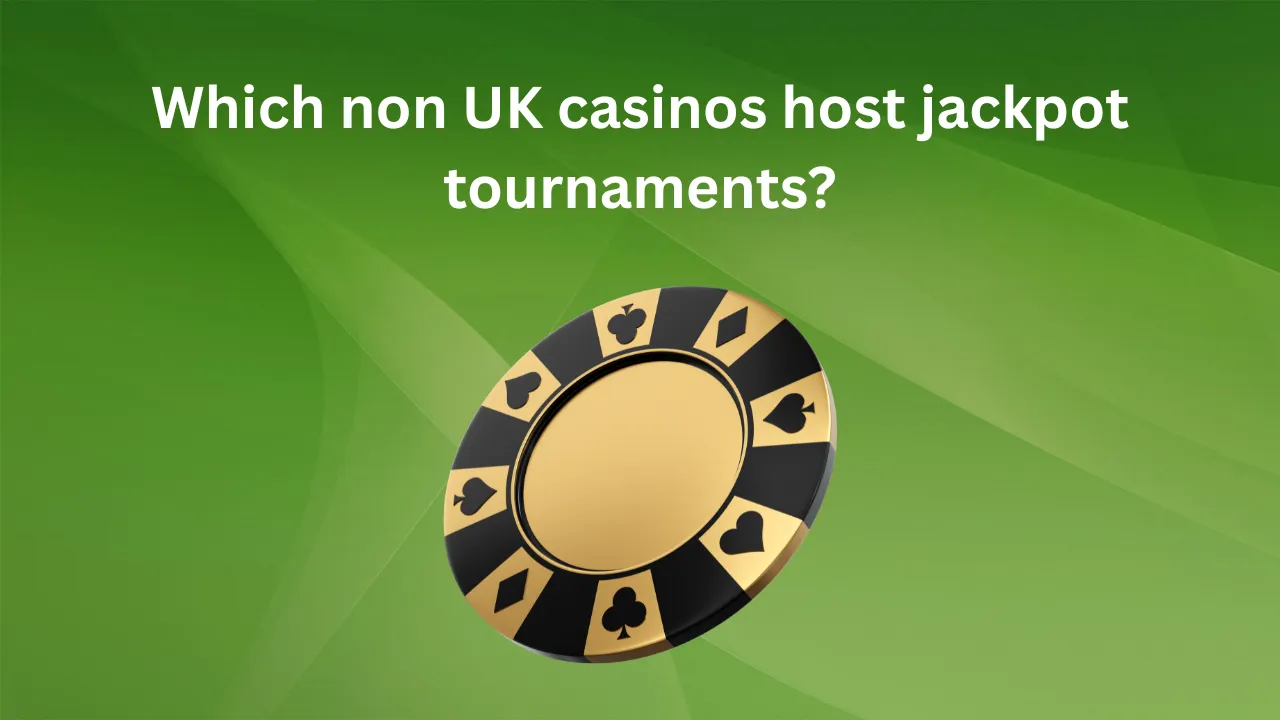The Evolution of VR Casinos
Virtual reality (VR) casino games have come a long way in just a few years. What began as simple, low-resolution environments with limited interactivity has blossomed into fully immersive worlds that mimic real-life casinos down to the smallest detail. Early VR titles often suffered from clunky controls and pixelated graphics, but advances in headset technology, motion tracking, and graphical fidelity now allow players to stroll through virtual gaming halls, interact with lifelike dealers, and experience the atmosphere of a high-end casino from the comfort of home.
The Rise of Immersive 3D Environments
Few developments have been as transformative as the leap in environmental realism. Modern VR casino games now feature dynamic lighting, high-resolution textures, and realistic physics that make chips clatter, cards shuffle, and slot machines hum just as they would in a brick-and-mortar venue. Importantly, many platforms focus on social interactivity: players can chat with each other via voice, gesture to signal a bluff in poker, or even toast virtual champagne at a roulette table with newfound friends. For those craving even more variety, exploring UK casino sites not on gamstop reveals a wealth of games from emerging studios, many offering unique takeovers on classic table and slot experiences that you won’t find in mainstream listings.
Live Dealer Integration in VR
The second major trend is the seamless integration of live dealer tables into VR. Instead of playing against a computer algorithm, you join a live stream where a real croupier deals cards or spins the wheel. This hybrid approach blends the reliability of RNG (random number generator) systems with the unpredictability and human touch of a live casino. In VR, you can approach the dealer’s table to peer at the dealer’s hands, nod or shake your head, and place bets by physically picking up chips and laying them down. This tactile element builds trust and elevates engagement, making you feel like you’re truly seated at the green felt.
Social and Multiplayer VR Experiences
VR casinos are not just about games; they’re about gathering. Developers are pushing boundaries by creating virtual lobbies, themed party rooms, and tournaments where dozens—even hundreds—of players can mingle, compete, and spectate. Some VR platforms host live tournaments complete with leaderboards, commentaries, and prize ceremonies that rival esports events. During my first VR poker tournament, I found myself sharing a virtual table with players from Tokyo, London, and Mumbai—all around me as if we were in the same room. It was thrilling to sense the competitive tension in real time, an experience far richer than clicking buttons on a 2D screen.
Advanced Motion Controls and Haptics
Another exciting trend is the incorporation of motion controllers and haptic feedback to simulate real-world casino actions. Whether you’re pulling the lever on a slot machine, flicking cards onto the blackjack table, or rolling dice in a craps game, your hand movements replicate physical gestures. Paired with haptic vests or gloves, you can actually feel the recoil of a slot spin or the smooth slide of chips across a table. These technologies blur the line between virtual and tangible, and as hardware costs decrease, we expect haptic integration to become standard in top-tier VR casino titles.
Gamification and Reward Systems
To keep players engaged, many VR casinos are implementing gamified elements beyond traditional wagering. Level-up systems, achievement badges, daily quests, and collectible skins for avatars create goals outside of monetary wins. For instance, completing a series of blackjack challenges might earn you a special poker chip design or unlock access to VIP-only virtual lounges. In my experience, these meta-goals add layers of motivation and community spirit, transforming casual sessions into ongoing adventures where progression feels meaningful.
Cross-Platform Compatibility
Accessibility remains crucial. A growing trend is supporting multiple VR headsets—and even offering non-VR modes—so players can jump in whether they own an Oculus Quest, HTC Vive, PlayStation VR, or just a smartphone VR headset. Cross-platform play unifies player bases, helping populate virtual lobbies even during off-peak hours. Developers are also optimizing performance so that players on lower-end devices can still enjoy core experiences, while those with premium hardware benefit from higher resolution and smoother framerates.
AI-Driven Personalization
Artificial intelligence (AI) is quietly revolutionizing how VR casino games tailor experiences to individual players. AI-driven algorithms analyze your play style, bet sizes, and session lengths to suggest new games, optimize difficulty, or customize in-game events. Imagine logging into your VR casino and seeing a personalized lobby layout where your favorite slot themes are front and center, or receiving tailored offers for upcoming VR tournaments that match your skill level. In closed beta tests, I’ve seen AI avatars that adapt their conversation prompts based on your previous interactions, making socializing feel more organic.
Focus on Responsible Gaming
With great immersion comes greater responsibility. Leading VR casino developers are embedding tools to promote responsible gaming—time reminders, wallet limits, and AI-driven behavioral alerts that nudge you toward breaks if you exhibit signs of chasing losses. VR’s immersive nature can make losing track of time easier, so these safeguards are critical. In my prolonged VR session last December, I appreciated the gentle reminder to step away after two hours. It’s encouraging to see the industry proactively addressing potential harms without dampening the fun.
Emerging Technologies: AR and Mixed Reality
Looking ahead, augmented reality (AR) and mixed reality (MR) will likely merge with VR casino experiences. Instead of fully immersing in a virtual hall, you might overlay digital tables and machines onto your living room. Imagine placing a digital roulette wheel on your coffee table while still seeing your real-world surroundings, interacting via gesture controls. Developers are already experimenting with AR dealer cams and MR slot displays that blend physical and virtual worlds. These hybrid experiences promise convenience—no need for a dedicated VR space—and could accelerate mainstream adoption.
Community-Driven Content Creation
Finally, some of the most vibrant VR casino ecosystems empower players and content creators to build custom rooms, mini-games, and branded events. Similar to modding communities in PC gaming, VR casinos are exploring user-generated content (UGC) marketplaces where creators can share themed tables, unique avatars, or even entire casino layouts. In one UGC-driven venue I visited, a community member recreated a vintage Monte Carlo casino decked out in Art Deco style—guests could dress up in period attire and play 1920s-style baccarat. This creative freedom adds endless variety and keeps communities invested in shaping the future of VR gambling.
Conclusion
Virtual reality casino games are no longer a gimmick; they represent a paradigm shift in how we gamble online. From jaw-dropping 3D environments and live dealer integration to advanced haptics and AI personalization, the trends shaping VR casinos are poised to redefine entertainment and social interaction. As AR and MR technologies emerge, and as communities contribute their own creations, the boundary between physical and digital gambling will blur further. Whether you’re a casual gamer or a high-stakes player, VR casinos offer an unprecedented blend of immersion, innovation, and convenience—making now the perfect time to don your headset and step into the casinos of tomorrow.




